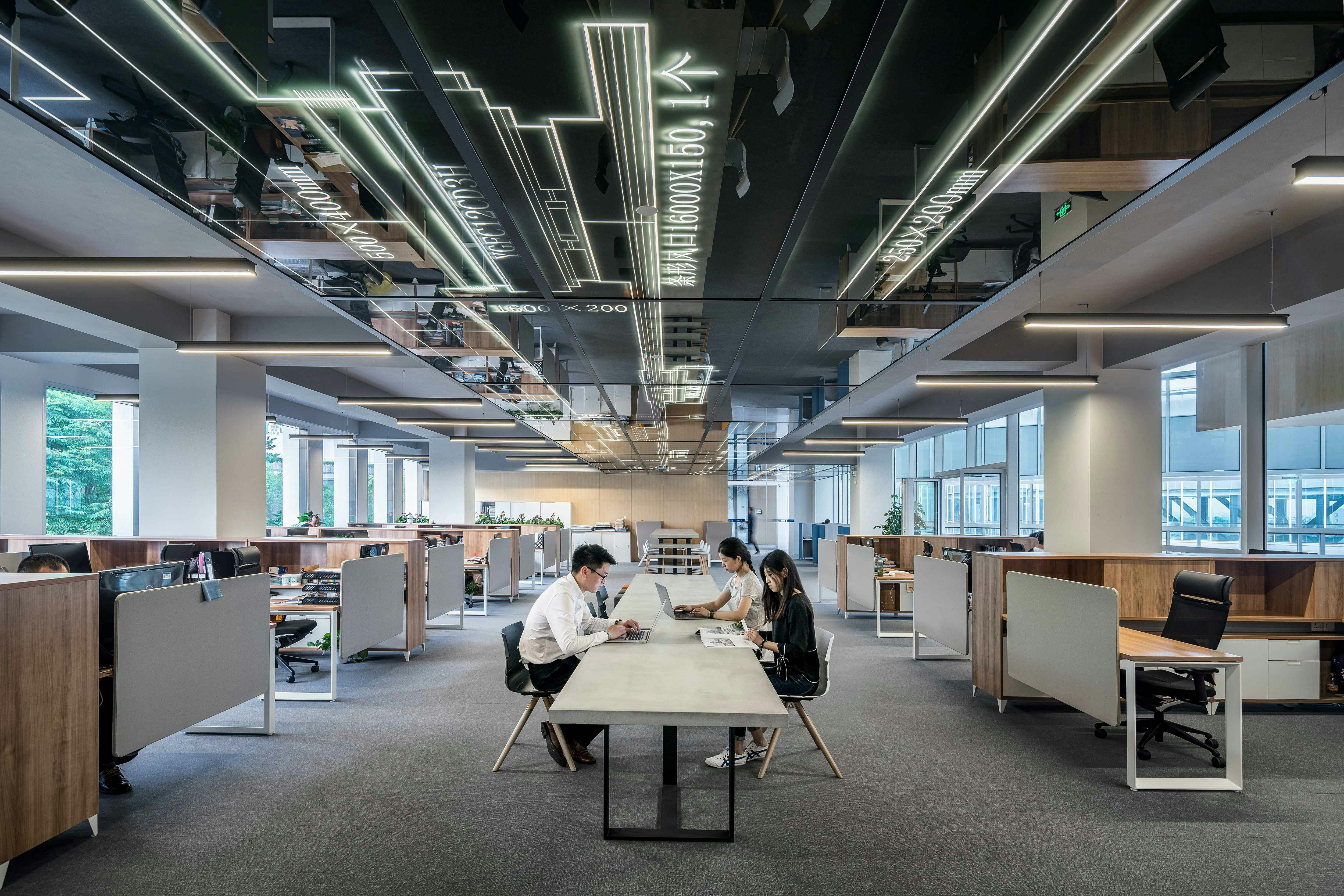Building a Global Classroom
How Cultural dimensions make or break your L&D impact

The prototype of learning and development happened hundreds of thousands of years ago, when Homo Sapiens were just starting out. The way people learned back then was through oral storytelling.
Everyone would sit down at night, around the campfire, and listen to the stories of the elderly and experienced. The stories were about survival…just as they are today.
Back then, the dangers were lions, mammoths, and sabretooth cats and the storytellers shared how to avoid these looming threats. The stories differed from region to region, from culture to culture. You had different kinds of threats across the world because of different terrains and climates, but the practice of sharing stories to survive was a unifying factor.
Today’s stories are also about survival. True, we no longer need to be afraid of mammoths, but the modern workplace packs a punch! We need to be aware of the declining half-life value of skills, emerging AI, and never-ending competition.
The people back then dealt with problems through storytelling and play (learn by doing); today, we deal with this problem through a different kind of storytelling: learning and development functions (teams) in companies.

Learning…and doing it fast
Did you know that the half-life of a skill today is less than five years? According to the World Economic Forum Research, the skills you have today are going to be 50% less valuable in just five years.
Every business, if they want to avoid becoming obsolete, needs to invest in continuous learning and development. Their employees need to learn new skills in order to stay relevant in the market. This isn’t just a benefit for your employees; it’s a must-have for a business to stay afloat.
If we don’t invest in learning new skills and adapting to the fast-paced world we live in, we will become obsolete like the BlackBerry, Blockbuster, or Kodak.
When implementing learning and development in the workplace, most companies focus on the technical aspects of L&D. Having the right kind of tech stack when it comes to teaching your employees new skills is important, but it’s not the only thing that matters.
What role does culture play in learning?
Technology can help bridge the gap between point A and point B in learning, but the secret ingredient is the culture. By culture, we don’t mean just the corporate culture, but the culture of the people in a specific geographical region.
You won’t have the same approach trying to teach a new skill when in Sweden and in South Korea; the societies are different and, therefore, your approach needs to be different.
Geert Hofstede mapped out cultural dimensions for more than 100 countries. It shows how societal values and culture impact the individuals who live in the country.
There are six dimensions to every culture and it can be graded from 0 to 100:
- Power Distance. Is the country more authoritative or participative? Both Sweden and Norway have a participative culture.
- Individualism. Is the society more collective or individual? Sweden and Norway have an individualistic culture.
- Motivation toward success and achievement. Is the country more egalitarian or elitist? Sweden and Norway are one of the most egalitarian societies in the world.
- Uncertainty avoidance. Does the culture allow more ambiguity and creativity or should they rely heavily on rules and regulations? This is where the countries differ a bit, Norway being right in the middle while Sweden prefers more creativity and ambiguity.
- Long-term orientation. Is the culture more pragmatic or traditional? Both countries are relatively pragmatic.
- Indulgence. Is the culture restrained or indulgent? Norway is right in the middle while culturally, Swedes exhibit a willingness to release their impulses and desires with regard to enjoying life and having fun.
Let’s take a look at how other cultural dimensions play a role when it comes to learning and development in Scandinavian society.

Learning and development through the lens of the Scandinavian cultural dimensions
Let’s look at the following two proverbs:
Man lär så länge man lever - One learns as long as one lives
Å leve er å lære - To live is to learn
These two proverbs, one Swedish and one Norwegian, reflect the ethos of continuous learning and improvement in the Scandinavian culture, which is deeply ingrained within the business world as well.
However, continuous learning isn’t the only thing that represents these cultures. Here are five key aspects of the Scandinavian culture that affect learning and development in the workplace:
- Equality and Flat Hierarchies. Employees are empowered to share their ideas across the board, regardless of the power structure in the company.
- Individual Autonomy. Employees are trusted to explore learning options and given plenty of individual autonomy to choose their path. But they’re held responsible for achieving growth and acquiring new skills that would be beneficial for the employer as well.
- Work-Life Balance. Professional development programs don’t interfere with out-of-work activities in the Scandinavian culture; they’re flexible and respect the employees’ time out of work.
- Collaborative and Consensus-Oriented. Group learning and team-based training activities are quite common in the Nordic region. This emphasizes the value of collective knowledge, shared experiences, and teamwork.
- Pragmatic and Solution-Oriented. Theoretical knowledge is good, but practice trumps everything. These cultures are pragmatic and solution-oriented, meaning that the development often focuses on teaching skills that have real-world applications.
Every learning and development experience that you create for the Scandinavian people should have these five cultural aspects in place. If not, you risk losing resources while getting subpar results.
Merge learning and development with culture
When you’re trying to swim across the river, you never go in a straight line; you move diagonally in the direction of the stream. You’re still getting to the other side, but you’re working together with the river to achieve that— you’re not going head first into the stream. Culture has the same principles; it will lead you to the other side if you move with it.